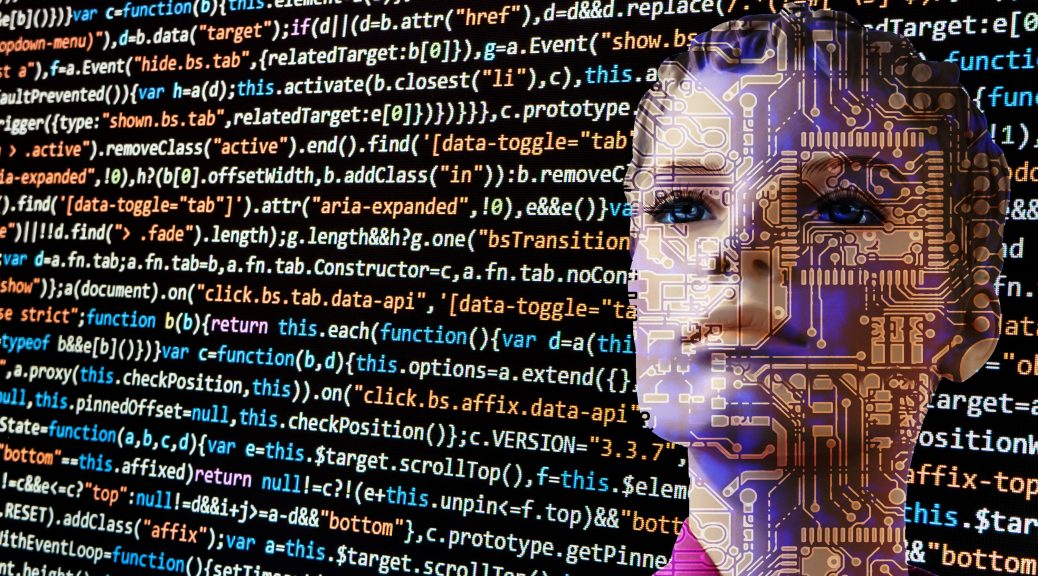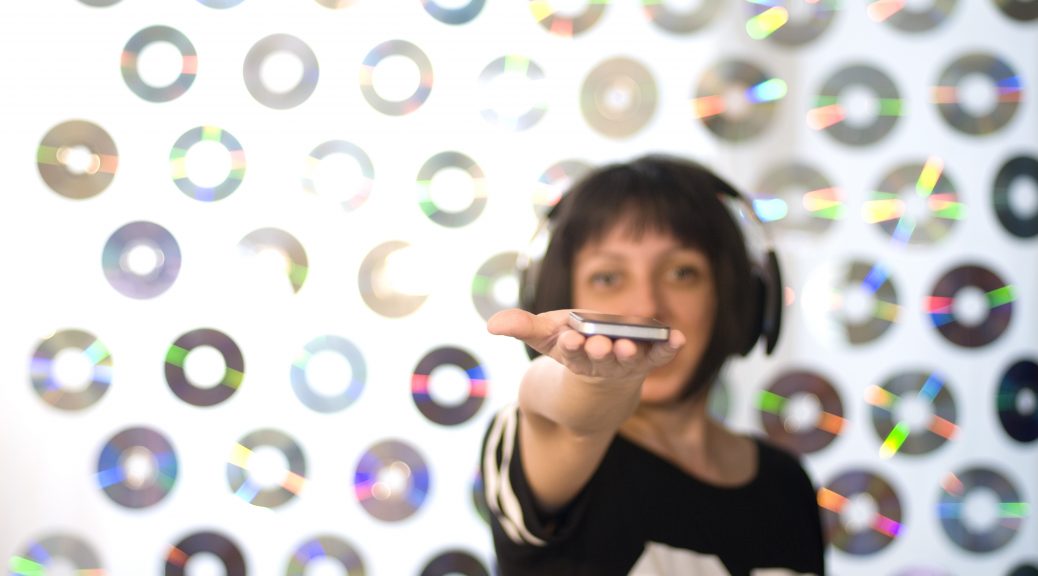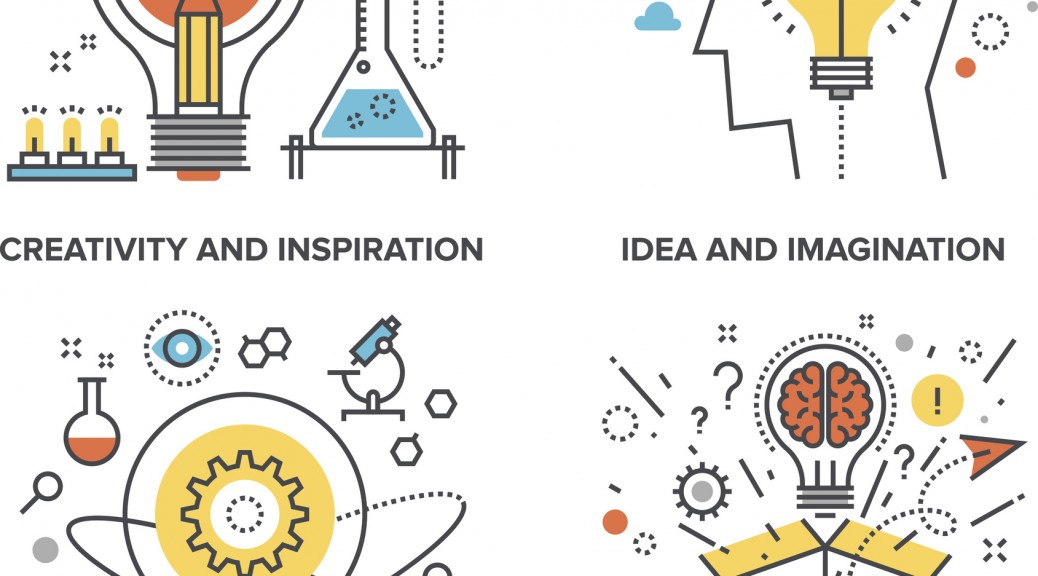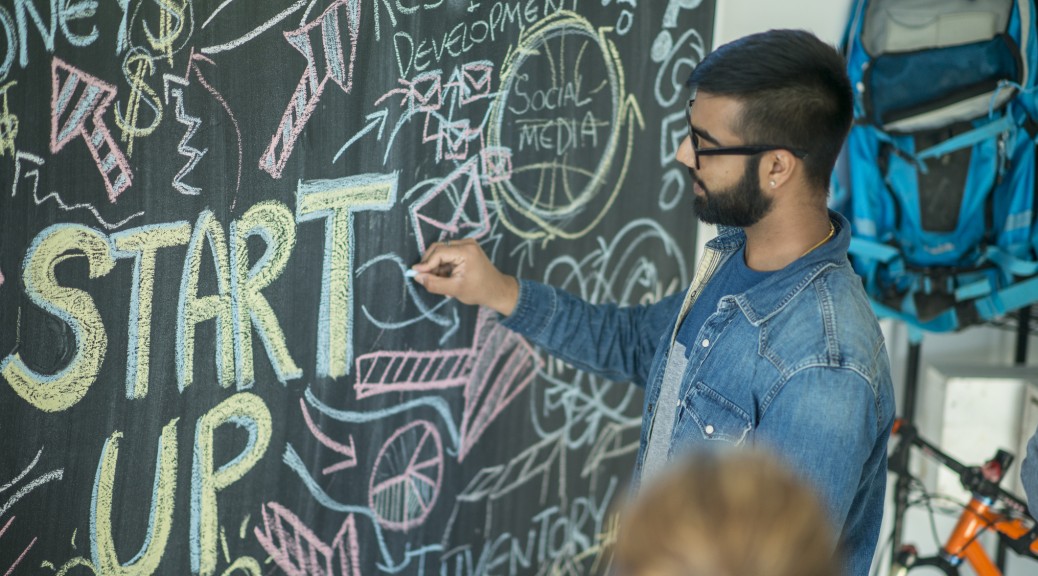
Perhaps one of the biggest transformations unleashed by the AI revolution is that of customer insights. James McCormick, writing for Forrester, predicts that AI will be “rapidly assimilated into analytics practices” by the end of the year, offering businesses “unprecedented access” to powerful, contextual, data-driven insights. Up until now, unstructured and undifferentiated ‘big data’ has been difficult to navigate, much less tie to a customer base. AI is becoming more and more relevant to every sector.
With investment in AI predicted to triple across sectors, as well as the emergence of cognitive computing solutions better able to unpick and integrate data into analytics, this will provoke a sea change in how business is conducted in many sectors. In a 2015 survey, 80% of business leaders stated they believe AI will create more jobs and increase productivity. Let’s take a look at some of the sectors already feeling its impacts.
Insurance
AI’s ‘smart’ grasp on data is already having big impacts on the insurance sector, as one story earlier this year demonstrated. Fukoku Mutual Life Insurance, a firm based in Japan, made the headlines when over 30 of its employees were made redundant and replaced with an AI system. Capable of analysing and interpreting any data, IBM’s Watson Explorer calculates insurance payouts to policyholders at such an accelerated rate that the firm predicts it will increase productivity by 30%, saving the firm about £1 million per annum. It’s a good example of how AI in its current form is drastically increasing efficiencies while altering the structure, size, and skill set of different organisations.
Education
Education is already being transformed by VR and AI technologies, among other things. The rise of MOOCs (Massive Open Online Courses), such as those run by Udemy, are a prime example of how large ‘classes’ can be run online with hundreds of students. AI is set to make these courses more and more effective. We are already seeing specially-trained AI programmes (an ‘e-rater’) mark and grade exam papers, as well as virtual teaching assistants being deployed throughout universities and schools to help answer student questions about the course. With the global market in education-based applications of AI set to grow exponentially over the next four years, it’s clear that AI is not only getting better at learning but teaching too.
Medicine and healthcare
AI has seen a lot of investment partially thanks to its huge potential number of applications for medical research and front-line healthcare. AI chatbots, such as WoeBot, are now being offered as a way of augmenting mental health treatment. Meanwhile, the analytical power of AI is being used to help make cancer diagnoses earlier and more accurately, with Vinod Khosla, cofounder of Sun Microsystems, even predicting that human oncologists will become obsolete in the face of much more data-competent AI systems. “I can’t imagine why a human oncologist would add value, given the amount of data in oncology,” he told an audience at MIT this month. IBM’s Watson is likewise being introduced to the doctor’s office.
Law
From processing deeds to identifying relevant documents, the traditional work of lawyers is slow and painstaking. Law firms are now using AI technology (often a version of IBM’s Watson) to augment their legal research functions, empowering lawyers towards more comprehensive and efficient analyses of legal precedents, contracts, and cases. The first ‘top five’ law firm to sign a deal with an AI service provider was Linklaters, early in 2016, with other firms quickly following suit. Some of the systems in use can reduce tasks that usually take three hours down to three minutes, which could lead to cheaper access to legal services and even redundancies of paralegals, as one legal consultant predicts – although some are more sceptical. Robert Morley notes that training contract numbers have increased, so lawyers are not becoming redundant – AI is, rather, a “remarkable tool”.
















